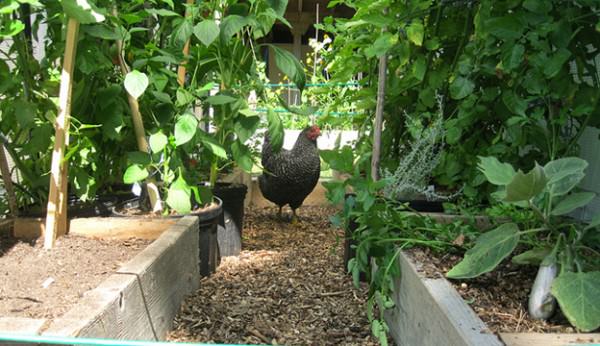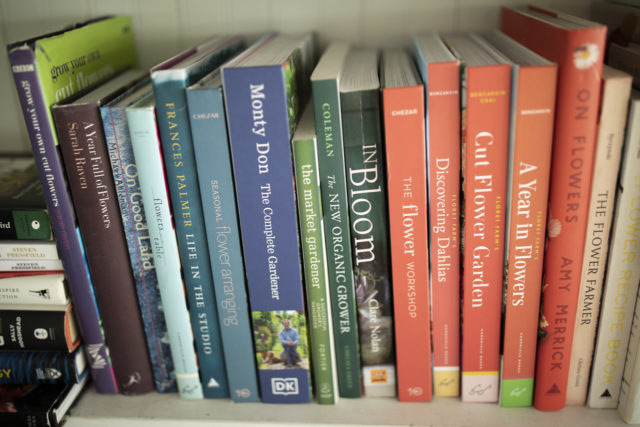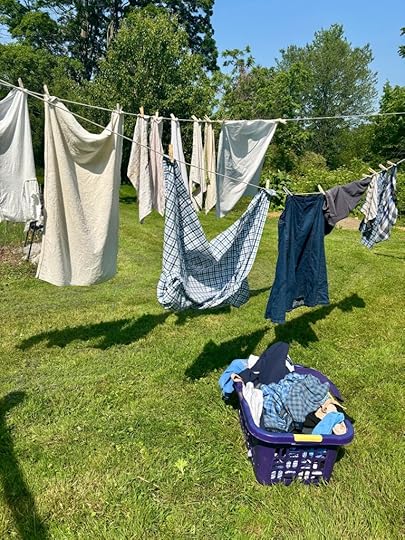
Preparing for the Thaw: A Winter Deep-Cleaning Routine for the Homestead
As the days grow shorter and a blanket of snow settles over the homestead, our focus naturally shifts inward. Winter offers a unique opportunity to reflect, plan, and tackle tasks that might be overlooked during the busier seasons of planting and harvesting. One of the most rewarding of these is a thorough winter deep-cleaning – not just for a spotless home, but for preventative maintenance that will pay dividends as spring approaches.

This isn't about frantic scrubbing; it's about a deliberate, focused approach to ensure our homes – and our homestead – are ready for the demands of the coming year. It's about setting the stage for a vibrant spring, free from the lingering effects of winter's chill and any unseen maintenance issues. Think of it as giving your home a well-deserved checkup and preparing it for the burst of energy that spring brings.
Here’s our homestead’s deep-cleaning routine, broken down into manageable steps:
1. Gutter Glory: Clearing and Protecting Your Home’s Foundation
This might seem counterintuitive to start with an outdoor task in the dead of winter, but if you live in an area that experiences mild spells, clearing your gutters is crucial. Clogged gutters can lead to ice dams, which can cause serious damage to your roof and foundation.
- Step 1: Gear Up. Dress warmly and wear sturdy gloves. Safety first!
- Step 2: The Climb (Safely!). Use a stable ladder and have someone spot you.
- Step 3: Debris Removal. Remove leaves, twigs, and other debris from the gutters. A gutter scoop or even a sturdy trowel can be helpful.
- Step 4: Flush It Out. Once clear, use a hose to flush out any remaining sediment. Ensure the downspouts are clear and draining properly. If they're clogged, use a plumber's snake or a forceful blast of water to dislodge the blockage.
- Step 5: Ice Melt (Optional). If you experience frequent freezing and thawing, consider using a gutter de-icing cable to prevent ice dam formation.

2. Chimney Checkup: Ensuring a Safe and Warm Winter
If you rely on a fireplace or wood stove for heat, a chimney inspection and cleaning is paramount. A buildup of creosote can lead to dangerous chimney fires.
- Step 1: Inspection. Visually inspect your chimney for cracks, loose bricks, or other signs of damage.
- Step 2: Hire a Professional. Unless you are experienced and have the proper equipment, hire a certified chimney sweep to clean your chimney. They will remove creosote buildup and identify any potential problems.
- Step 3: Fire Safety. Ensure your smoke detectors and carbon monoxide detectors are working properly. This is a critical safety measure.
3. Window Wonders: Sealing Out the Cold and Letting in the Light
Windows are often a source of drafts and heat loss. Addressing this can significantly improve your home's energy efficiency and comfort.
- Step 1: Inspect. Examine your windows for gaps or cracks around the frames.
- Step 2: Caulking. Use caulk to seal any gaps or cracks around the window frames.
- Step 3: Weather Stripping. Replace worn or damaged weather stripping around the window sashes.
- Step 4: Window Coverings. Consider adding heavy curtains or thermal blinds to further insulate your windows.

4. Pantry Purge and Protection: Combating Pests and Ensuring Freshness
Winter is an ideal time to thoroughly clean and reorganize your pantry. This helps prevent pest infestations and ensures you're using your stored food efficiently.
- Step 1: Empty Everything. Remove all items from your pantry shelves.
- Step 2: Cleaning. Wipe down the shelves with a solution of warm water and vinegar. This helps disinfect and remove any spills or crumbs.
- Step 3: Inspect. Check all food items for signs of spoilage or pest infestation. Discard anything that is past its prime or contaminated.
- Step 4: Reorganize. Arrange your pantry items in an organized manner, grouping similar items together. Use clear containers to store dry goods and label everything clearly with the date of storage. Place older items in the front to ensure they are used first.
- Step 5: Pest Prevention. Place bay leaves in your pantry to deter pests. You can also use airtight containers to store flour, grains, and other vulnerable items. Regularly check for any signs of pests and address them promptly.
5. Linen Love: Washing, Repairing, and Protecting Our Textiles
Our linens often bear the brunt of daily use. Winter provides the time to give them the attention they deserve.
- Step 1: The Great Wash. Wash all bed linens, towels, curtains, and other textiles. Use a gentle, natural laundry detergent.
- Step 2: Inspection and Repair. Inspect your linens for tears, stains, or other damage. Mend any tears and treat any stains.
- Step 3: Proper Storage. Store clean linens in a dry, well-ventilated area. Consider using cedar chips or lavender sachets to deter moths and other pests.

6. Appliance Audit: Ensuring Efficiency and Longevity
Our appliances work hard to keep our homestead running. A little winter maintenance can extend their lifespan and improve their efficiency.
- Step 1: Refrigerator Deep Clean. Empty your refrigerator and clean it thoroughly with a solution of baking soda and water. Clean the coils on the back of the refrigerator to improve its efficiency.
- Step 2: Oven Cleaning. Clean your oven according to the manufacturer's instructions. Remove any accumulated grease or food particles.
- Step 3: Washing Machine Maintenance. Clean your washing machine by running a cycle with vinegar and baking soda. This helps remove buildup and prevent odors.
- Step 4: Dryer Vent Cleaning. Clean your dryer vent to prevent fires and improve drying efficiency.
- Step 5: Water Heater Check. Inspect your water heater for leaks or corrosion. Drain a few gallons of water from the tank to remove sediment.
7. The Mudroom Manifesto: Containing the Mess and Maintaining Order
The mudroom (or entryway) is the first line of defense against the outside world. Keeping it organized and clean is essential, especially during the winter months.
- Step 1: Declutter. Remove any items that are no longer needed or used.
- Step 2: Deep Clean. Sweep or vacuum the floor and wipe down any surfaces.
- Step 3: Organize. Arrange your boots, coats, and other items in an organized manner. Use shelves, hooks, and baskets to maximize space and keep everything tidy.
- Step 4: Winter Essentials. Make sure you have a scraper and salt easily accessible for icy conditions.

8. Foundation Inspection:
Take some time to walk the perimeter of your home's foundation. Look for any cracks, gaps or signs of damage. Pay special attention to areas where water might pool. Addressing these issues now can prevent costly repairs later.

A few years back, we neglected our gutters, and the spring thaw revealed a significant ice dam. The water seeped under the shingles and caused damage to the ceiling in our living room. It was a costly and inconvenient lesson learned! Since then, gutter cleaning has become a non-negotiable part of our winter routine.
This deep cleaning isn’t just about tidiness; it’s an investment in the long-term health and well-being of our home and homestead. By taking the time to address these preventative maintenance tasks during the quieter winter months, we are setting ourselves up for a more productive and enjoyable spring and summer.

Now, I’d love to hear from you. What are your go-to winter deep-cleaning tasks? Share your tips and experiences in the comments below! Let's work together to make our homes happy and healthy havens, ready for the seasons to come.

